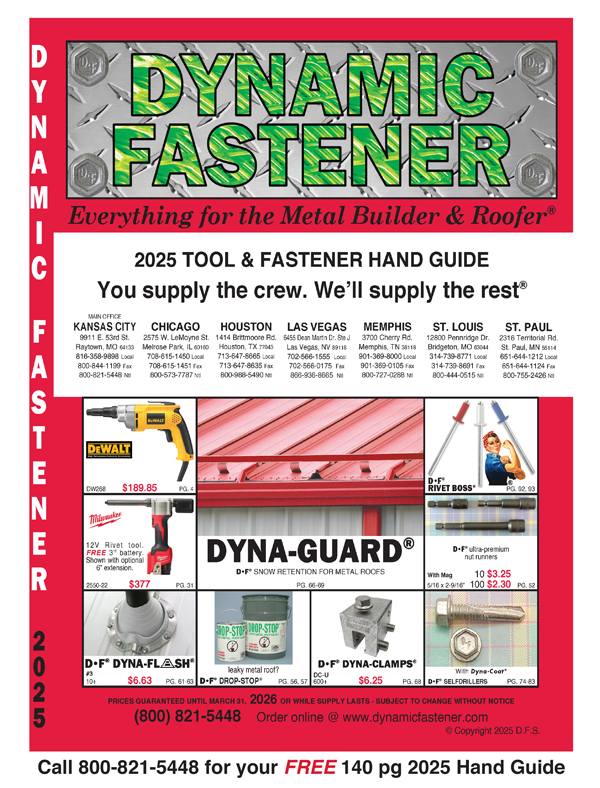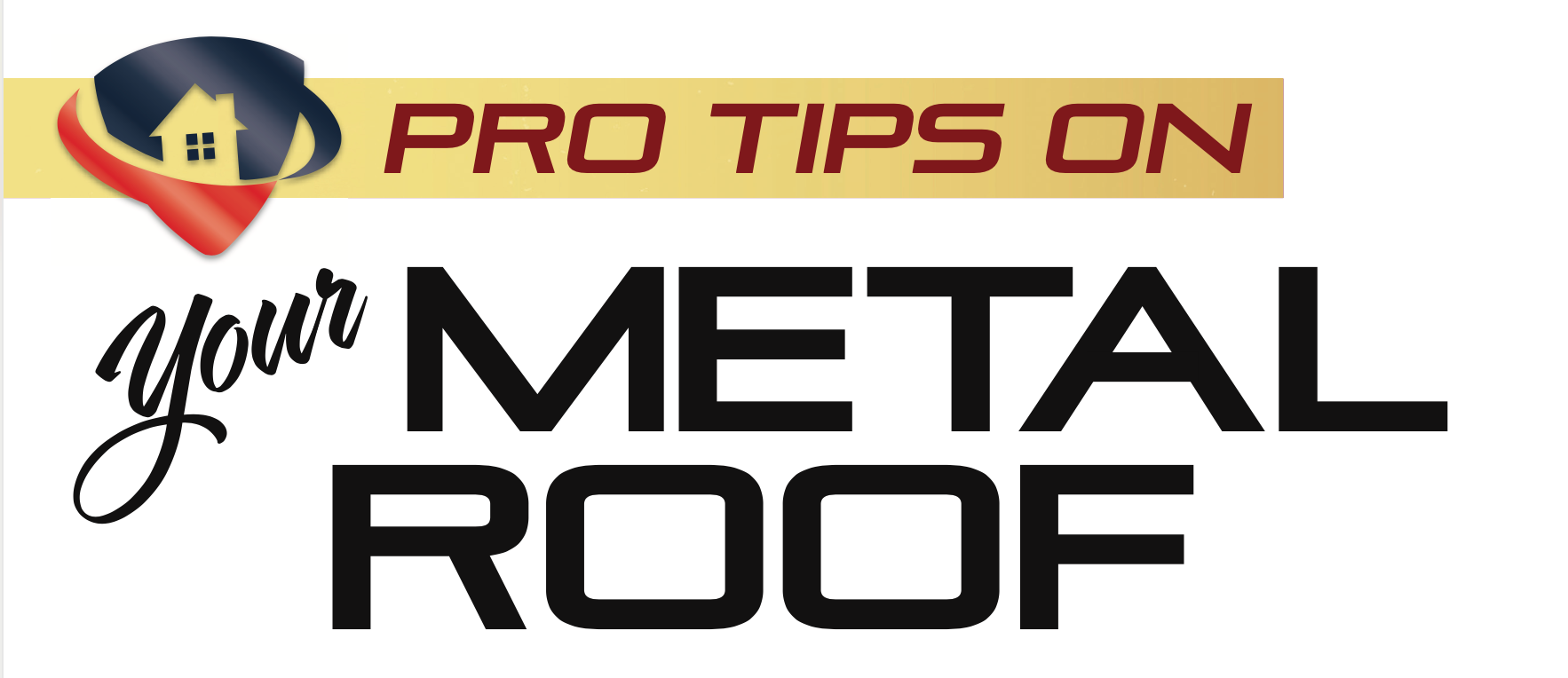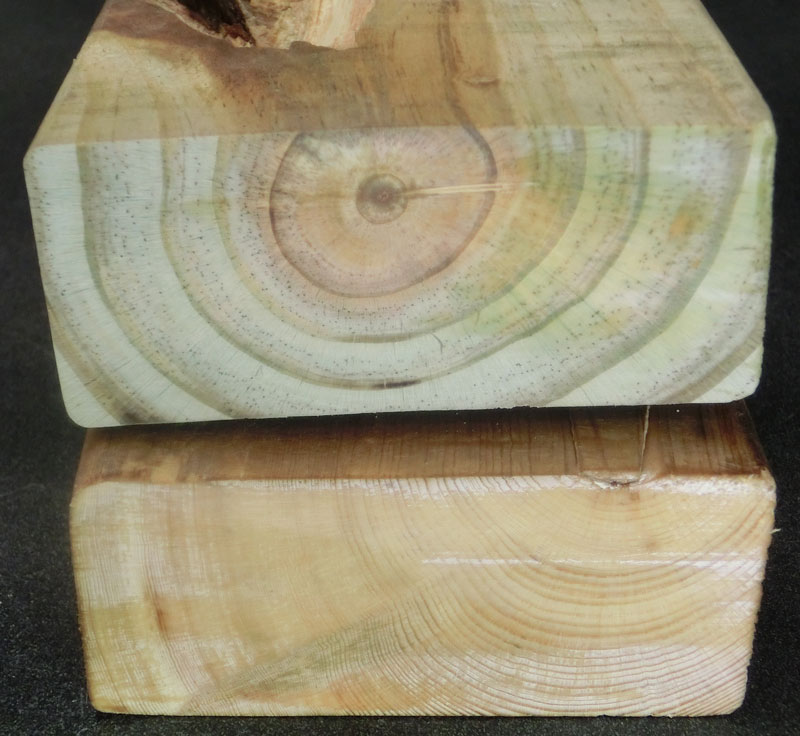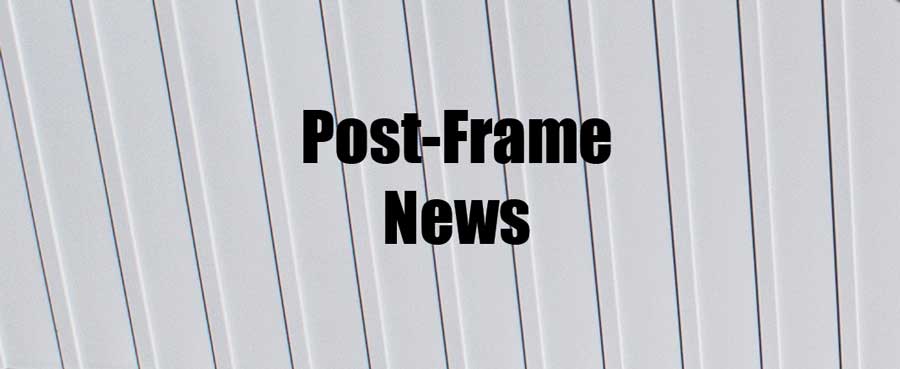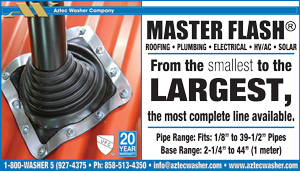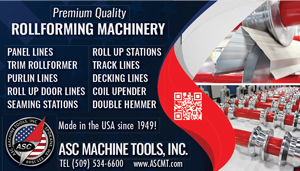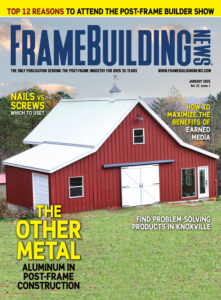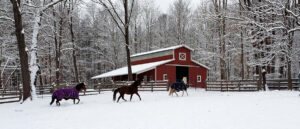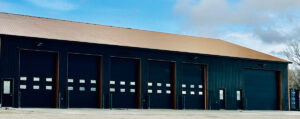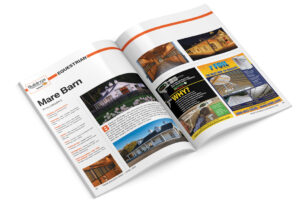By Bijan Mansouri, Technical Manager, TYPAR Construction Product
Culprits of Moisture Intrusion
Two of the most vulnerable areas for rain or other water to find its way in is through exterior walls and roofing assemblies. To avoid these issues, builders must understand the main causes:
Rainwater: Wind-driven rain on exterior cladding is one of the largest sources of moisture. High winds can drive rain through siding and roofing, where it can become trapped and lead to mold, mildew, and rot.
Outside moisture-laden air: Infiltrated humid air, whether introduced by wind or through the HVAC, can cause condensation, including inside building cavities. Condensation and high humidity levels create an environment conducive to mold growth and are problems in hot, humid climates.
Internally generated moisture: Water can also enter a wall cavity from normal daily activities like laundry and cooking. The average home produces three to six gallons of moisture vapor every day. It’s essential that considerations are made for transmission of the moisture vapor, allowing it to escape wall cavities. This is sometimes referred to as “breathability.”
Diffusion Through the Envelope
To prevent these moisture issues, builders need to employ a systematic approach to moisture management. Primary water management strategies should include water-deflecting components such as overhangs, eaves, and durable exterior claddings. Equally important is the inclusion of an integrated weather-resistant barrier (WRB) and flashing system, used to help protect structures from air and moisture intrusion.
WRBs: Managing Moisture in Walls
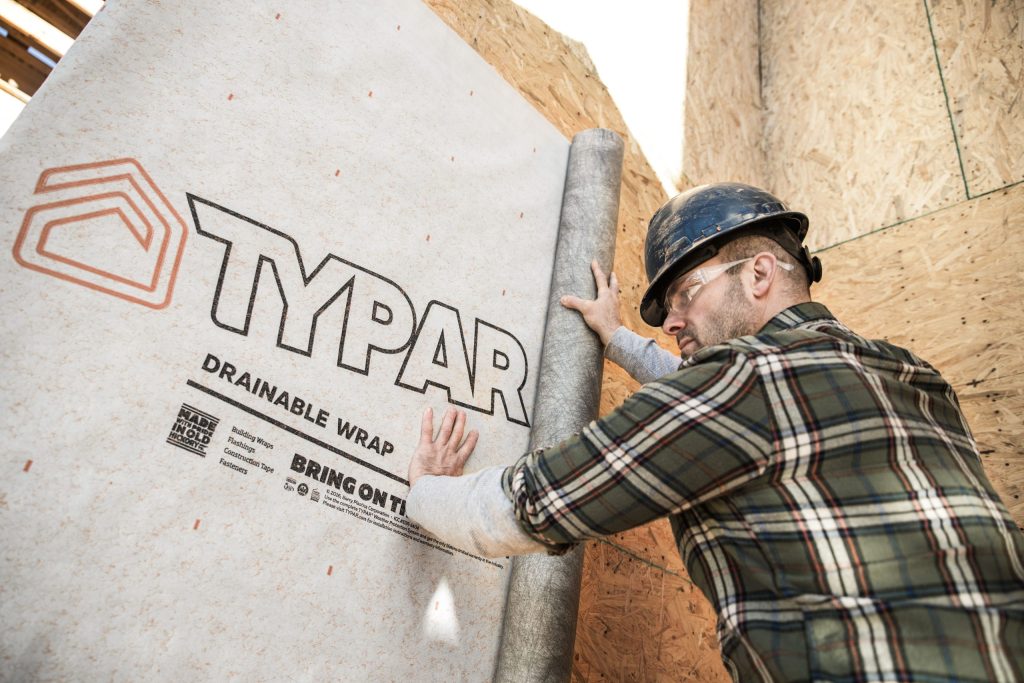
Due to their durability and ease of installation, building wraps made of polyethylene or polypropylene fabric have been a popular method against moisture intrusion since the ’70s. Their unique functionality enables them to block moisture while also allowing walls to “breathe” to prevent vapor buildup. The latest innovations in building wrap technology is taking this moisture removal function one step further to incorporate drainage capabilities as well.
The International Building Code (IBC), Section 1402.2, Weather Protection, requires that exterior walls “provide the building with a weather-resistant exterior wall envelope … designed and constructed in such a manner as to prevent the accumulation of water within the wall assembly by providing a water-resistive barrier behind the exterior veneer … and a means for draining water that enters the assembly to the exterior.” This water-resistive barrier, as defined by Section 1403.2, is comprised of at least “one layer of No. 15 asphalt felt, complying with ASTM D226 for Type 1 felt or other approved materials … attached to the studs or sheathing.”
It is important to note the difference between a weather-resistant barrier and a water-resistant barrier, as they have distinct purposes yet are often confused with one another. The American Architectural Manufacturers Association defines weather-resistant barriers as a surface or wall responsible for preventing air and water infiltration to the building interior. The differentiating factor is that a weather-resistant barrier must also prevent air infiltration, while water-resistant barriers are only responsible for preventing water.
Weather-resistant barriers are commonly specified for commercial buildings or projects where a higher level of performance is desired of the vertical building enclosure and when it is critical to have greater control of interior environmental conditions. Water-resistant barriers, on the other hand, are usually limited to residential and low-rise structures. These barriers play a pivotal role in moisture management overall.
Roofs: Not All Underlayments Are Created Equal
While shingles or metal panels may be the most obvious, visual aspect of a roof, they are only the first line of defense. The best defense against the elements is the roofing underlayment. Underlayment is a water-resistant material used to keep the roof deck dry and serve as a secondary drainage plane for bulk water (from wind-driven rain and snow). Like house wrap, roofing underlayment allows the deck to breathe so moisture from within can escape. As an added benefit, underlayment acts like a flashing to direct water away from vulnerable parts of the building envelope.
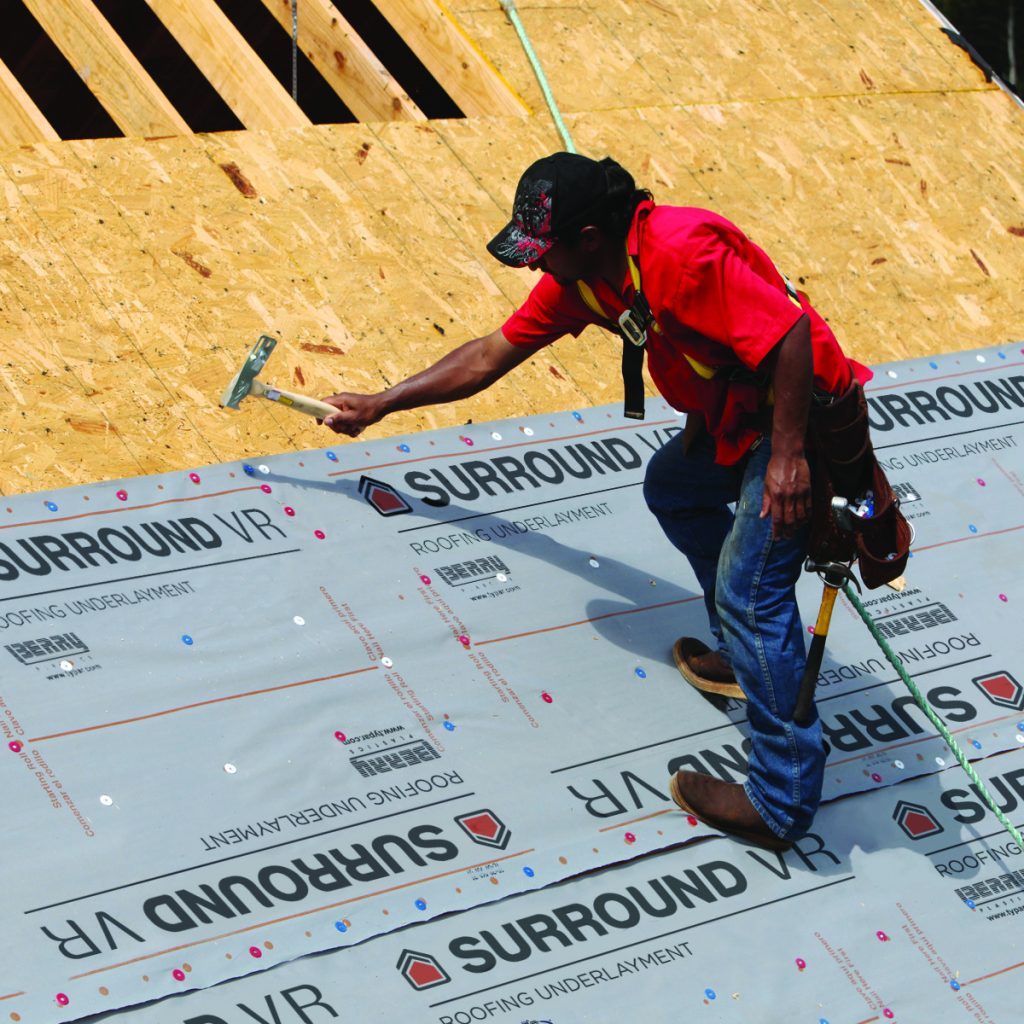
There are three main types of roofing underlayment: asphalt-saturated felt, rubberized asphalt, and non-bitumen synthetic underlayment. Made from felt paper dipped in asphalt for durability, asphalt-saturated felt or “tar paper” was a popular underlayment up until the 2000s, when it began to be replaced by more advanced synthetic underlayment options. Rubberized asphalt underlayment contains mostly asphalt and rubber polymers, making it waterproof (as opposed to water-resistant) and suitable for regions that are prone to high winds or ice dams. The added durability also means that rubberized asphalt is more expensive than traditional felt or synthetic underlayment materials. The synthetic underlayment option is the most common choice for modern roofs today due to the combination of durability and performance.
Synthetic products like TYPAR’s SURROUND VR are gaining traction for providing the optimal balance of high performance, enhanced safety, and streamlined installation for contractors. These products do not absorb moisture, won’t warp or buckle when wet, and will not degrade when exposed to UV light for up to six months. The products is safer with a slip-resistant surface, and has a tensile strength 10 times greater than 30-pound felt—making it less likely to rip or tear underfoot. While there are pros and cons to each underlayment material, it is worth noting that product weight and roof slope are key characteristics when selecting an underlayment.
Conclusion
Advances in building science are driving adoption of better moisture management systems, and that’s a great thing. The building industry is also starting to realize that the race toward a “waterproof” building envelope is a fantasy, and is now looking for smarter strategies to manage unwanted moisture and help walls and roofs dry when they inevitably get wet. FBN



